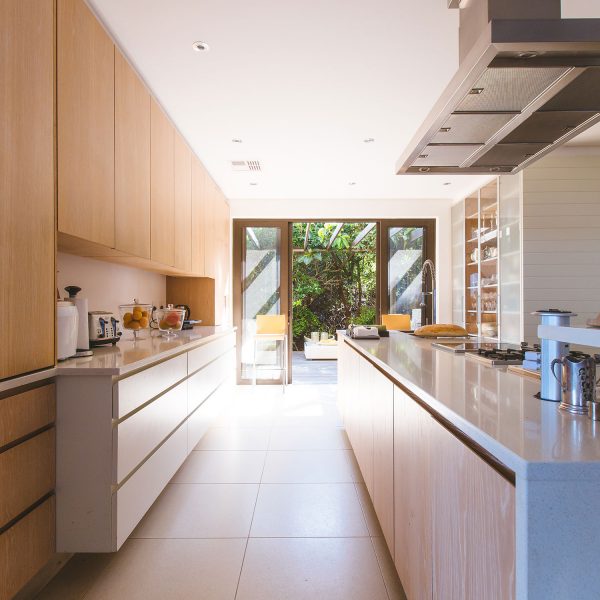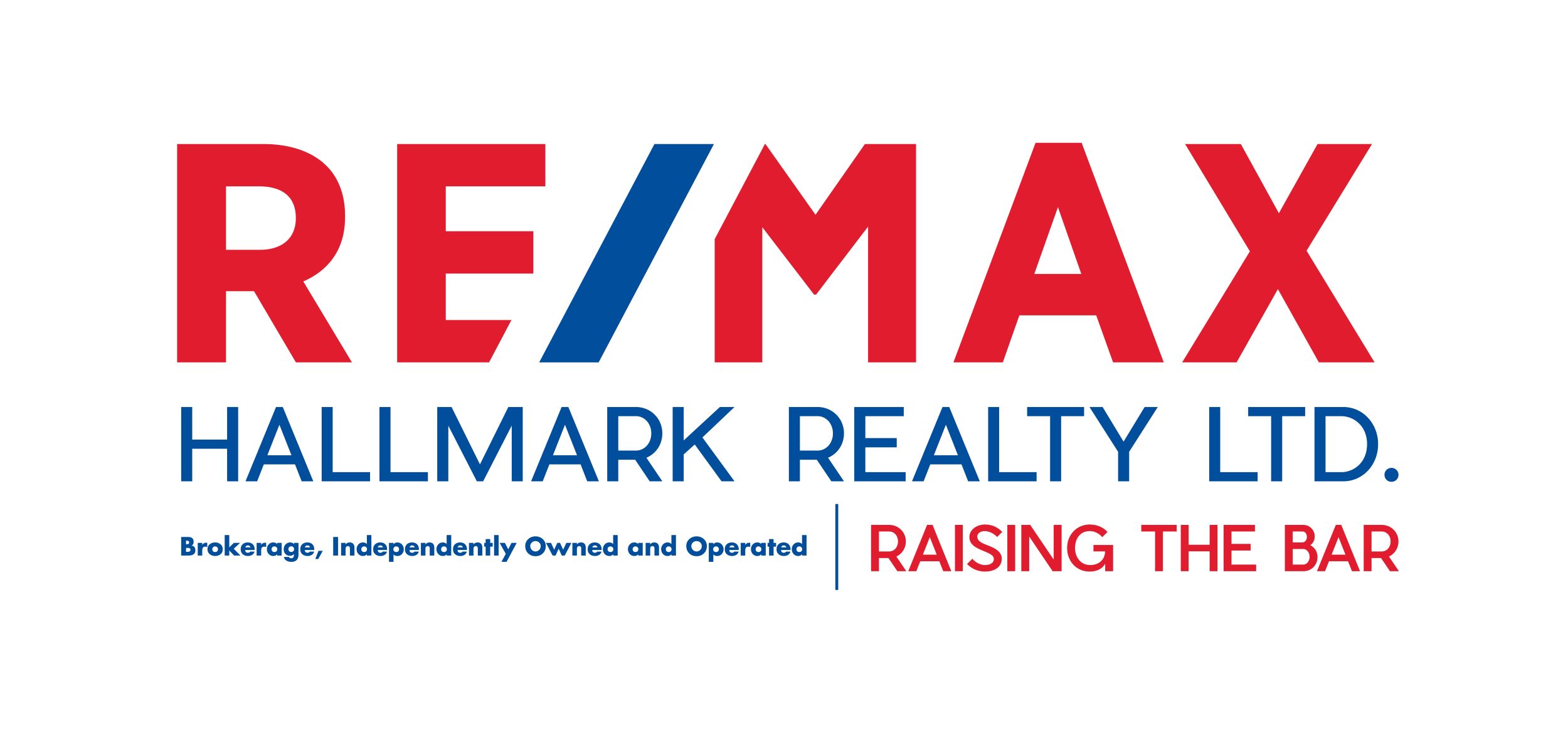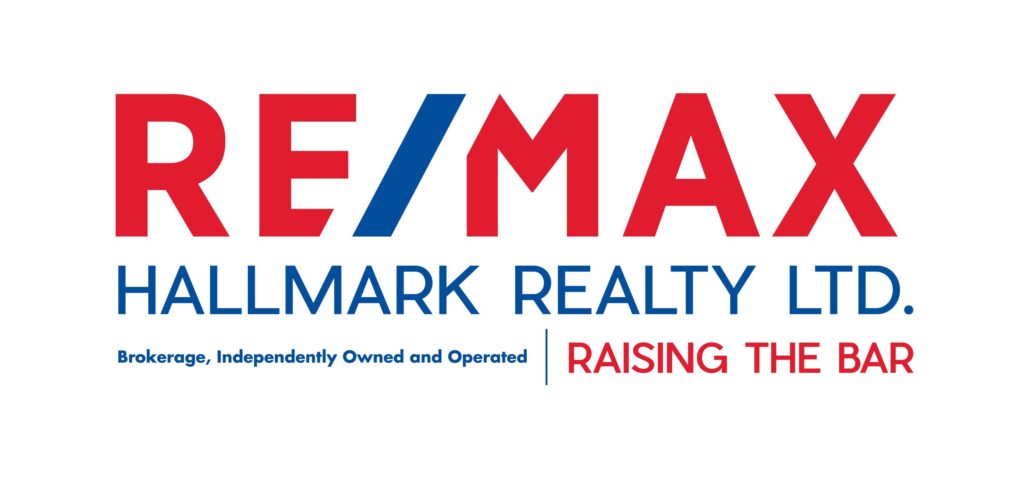It’s true that having a treed lot is a nice ideal. The trees provide shade in the summer and some privacy from other homes, as well as just adding to the general peace of a front or backyard space.
That said, homebuyers need to be aware of some of the rules around trees and tree protection, in Toronto. You could end up with an unhealthy tree that is still considered valuable as far as the city by-laws are concerned, and it could cost you.
Whether it’s a tree planted by the City on city property, or it’s within your property boundaries, there are regulations you need to be aware of. Part of the rationale for this is that trees in cities have common utility: that is, we all gain by having them, so technically, you don’t own the trees that are on your property. They’re there for everyone’s benefit.
Trees on city property
If you want some foliage on the city land that abuts your own property, you can request free trees from the city of Toronto, but you should be aware of one thing before you do: you can’t touch them. Okay, let’s not be extreme. You CAN touch them but you can’t alter them yourself. If you need branches cut from that tree—what is known as ‘general tree maintenance’—you can, at your expense, contract to a ‘City approved tree service company’. In other words, don’t call the guys at ChopYourTree.com and get it done at a cut rate price. You could be facing fines for by-law infringement if you do!
When city trees are removed, you can exert some influence as to the species of trees being planted in their place. I was fortunate with one tree that was removed to be able to convince the supervisor not to replant one in its place. It just wasn’t practical, when it came to maintenance, to have one in that spot.
Trees on private property
By-law Chapter 813, Article III of the Municipal Code protects ‘significant’ trees on private property; that is trees with a diameter of 30 centimetres or more. The idea behind this law is to maintain urban forests for future generations. Basically, in order to alter or remove a ‘significant tree’ from your property, you need a permit from the City.
How it works: you will need to hire a certified arborist who will note the details of your tree (condition, species, location, etc.) and send that in with the permit application to the City. The City can refuse the permit for a variety of reasons, not the least of which are things like the tree is able to be saved. Destruction is a last resort. However, a diseased tree is usually approved for removal.
Here’s what I did with a private tree, after noticing that the city trees on my property were diseased: I contacted an Arborist and established that tree was also diseased. It cost me $250 for the Arborist Report and $2350 to have the tree removed.
I paid $119 for the Application to Injure or Remove Trees. Once we received the go ahead, the Arborist arranged to remove the tree and afterwards, I paid an additional $583 cash in lieu of replanting. As you can see, it’s not an overly complicated process.
Tree protection plans for construction
If you’re applying for a permit to do any work on your property or home, you need to include a tree protection plan. Any halfway decent contractor will know this but I had the recent experience of a client who was telling me that their contractor didn’t mention this and a city inspector was close to fining them, per tree that hadn’t been properly protected! Don’t skip out on paying an arborist to manage this if you have trees in the area where work is going to be done. I’ve also had clients who had to change their construction plans because trees were too close to the property; they had to alter their permit drawing because of the tree.
The types of damage that the plan is intended to protect are things like: direct damage, root damage, soil erosion or compacting in the tree root zone and so on. Depending on the size of the tree, you will need a protection zone of a certain minimum size, to stay within the by-laws. For example, a tree that is 44 cms in diameter will need a MINIMUM of a 3 metre protection zone around it, measured starting from the outside edge of the tree base. Even with this, feeder roots can be affected by construction, particularly if you’re digging a foundation or for an inground pool, but this is the minimum standard that the City requires.
The protection is known as ‘hoarding’, which consists of plywood barriers and / or orange web fencing, where visibility issues are a concern. There is also signage included so everyone is clear that the area within the hoarding is a Tree Protection Zone. There is a long list of things that you cannot do within that zone, which is all available at the City of Toronto website.
Ultimately, the intention of these by-laws is positive: keeping trees healthy is good for the environment and it creates neighbourhoods that are attractive and appealing. The laws are followed pretty carefully by the city though, so it’s best to know what you’re getting into when looking at a home with a treed lot.
February 21, 2018

Riverdale Office
Phone: 416-462-1888
Fax: 416-462-3135
724 Pape Avenue, Toronto,
ON M4K 3S7


